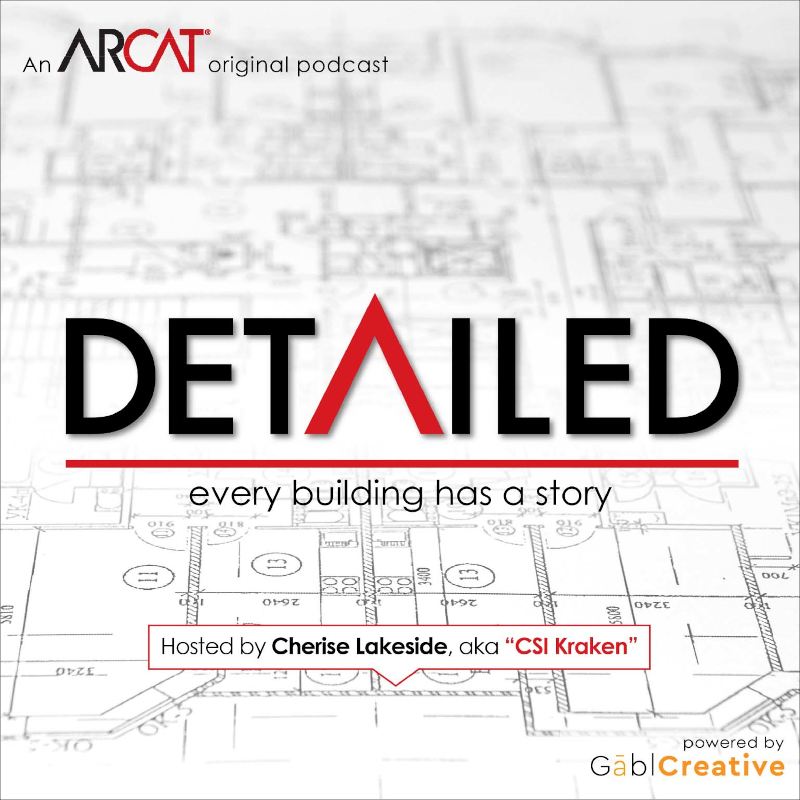|
Contributed by Elias Saltz Getting this out of the way first, lest anyone accuse this article of being in the denial camp: Anthropogenic global warming is almost certainly real and will very likely have significant long-term societal, economic, and ecological consequences. Studying the processes that contribute to AGW, predicting the effects with a high degree of certainty, and finding technological solutions to reduce climate change’s impact should be a high priority of the world’s governments at all levels, as should incentivizing reducing carbon output from all industrial and business sectors. However, some industries are more ready than others to make impactful changes, by dint of embedded scientific expertise and economic feasibility. The energy sector has low- (and zero) carbon options, for example, and the transportation industry is developing feasible technologies for reducing emissions as well. The building sector, for all of architects’ good intentions, is still a significant contributor of carbon emissions and architects, by dint of their lack of rigorous scientific and technical training, do not have the necessary expertise to contribute meaningful innovation. In his recent column in Architect magazine, AIA President Carl Elefante writes that the newest design imperative is reducing and eventually eliminating carbon output from buildings. “A zero net carbon building sector is the architectural design imperative of our time,” he argues. In his article, he makes a number of problematic arguments. First, Elefante invokes the changes made to make buildings more fire- and earthquake-resistant: “In 1871, the need for fire-safe buildings rose from the ashes of the Great Chicago Fire. In 1906, from the rubble of San Francisco came understanding that earthquake risk is a design imperative.” Elefante acknowledges that fires and earthquakes are singular catastrophic events that cause immediate death and destruction; specific deadly events shocked the public into demanding safety reforms that were rapidly baked into building codes. This is still a false equivalency. Climate change is acknowledged by the code writers and the International Energy Conservation Code, and requires incrementally improved energy efficiency in envelope design, mechanical and lighting systems. But since neither architects nor anyone else really knows how to make a building fully zero-carbon, let alone do it for a reasonable cost, there’s no true mandate for architects to follow. Elefante blunders again by claiming that “in the decade leading up to Paris, the U.S. building sector grew by 20 billion square feet, yet overall energy consumption remained flat.” This would be quite an accomplishment if true, but it is not. In fact, from 1999 to 2012 (dates for which data is actually available) commercial building area grew by 20 billion square feet and site energy use grew by 21%. The positive news from this is that building area grew faster than energy use, but energy use was not “flat.” We haven’t made as much progress as Elefante or anyone else would wish for. Net-zero carbon buildings may be feasible in the future, but saying that it’s the design imperative of our time requires making dishonest claims for what can be achieved today. Making dishonest claims about what you can accomplish is terrible professional ethics, and for the leading association of architects to advocate that architects act dishonestly is frankly baffling.
Architects and the rest of the design community need to understand more thoroughly how energy use in buildings responds to design decisions, and where the trade-offs are. For example, if you make a building envelope more air-tight and highly insulated, you likely need to spend more energy bringing in and tempering the fresh air people need to breathe. There are strategies to deal with these types of problems, but the solutions need more time and more dedicated scientists, engineers, and climate-friendly policy before they’re ready to be incorporated into real-world projects. Unless owners are expressly consenting to be guinea pigs (while knowing that results are not in any way guaranteed), architects should not be advocating that owners risk their money on unproven strategies.
3 Comments
Ed Dueppen
9/6/2018 09:45:40 am
Overall a good commentary, but I do differ with one point. This statement seems misleading: "For example, if you make a building envelope more air-tight and highly insulated, you likely need to spend more energy bringing in and tempering the fresh air people need to breathe." While this could be the case in some climates/regions, in most temperate climates, the more airtight and highly insulated a building is the less energy will go into conditioning/ventilating. Consider Passivhaus as an example. Leaky and poorly insulated buildings require massive amounts of energy to keep them conditioned and keep occupants comfortable.
Reply
9/7/2018 12:40:40 pm
As always, well written Elias! It still blows my mind when you meet folks who do NOT believe this is truly happening. That being said, the gap between technical expertise and design professionals seems to be growing every single day. I heard someone estimate it at 80-20 percentage-wise. And if that is true, the construction industry is in some very real trouble. I have heard about the lack of skilled workers out there to BUILD the buildings, but no one is talking about the “skilled Architects” to design them.
Reply
Leave a Reply. |
AboutLet's Fix Construction is an avenue to offer creative solutions, separate myths from facts and erase misconceptions about the architecture, engineering and construction (AEC) industry. Check out Cherise's latest podcast
Get blog post notifications hereArchives
March 2022
Categories
All
|



 RSS Feed
RSS Feed
